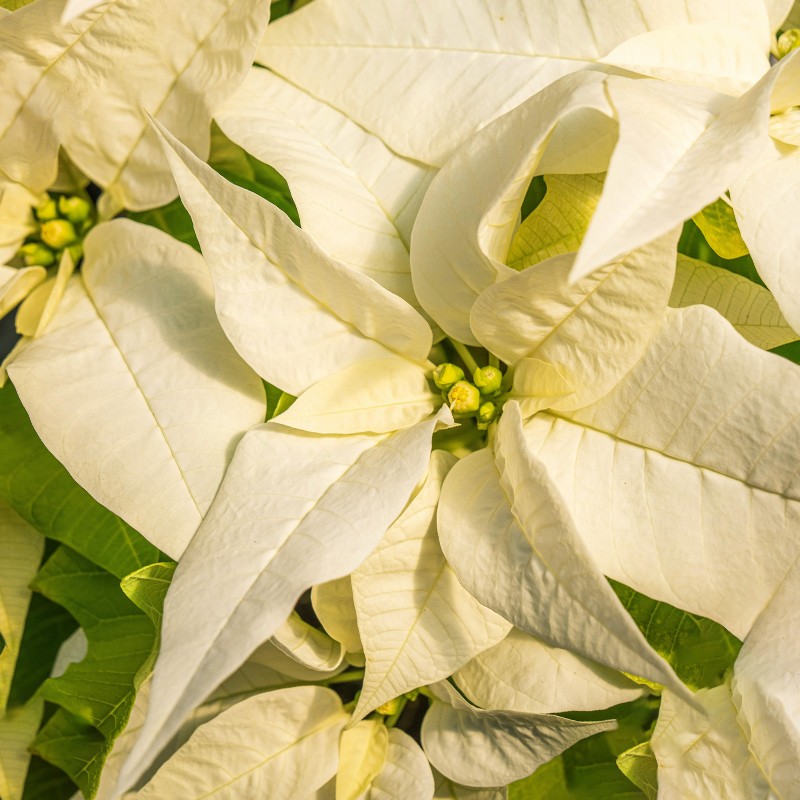La Leyenda de la Flor de Nochebuena
A Mexican Story of Love, Renewal, and Ancient Memory
Long before Christmas candles glowed in Mexican homes, the valleys of ancient Anáhuac already knew a winter miracle. When the days grew shortest and the air turned cold, a brilliant red flower appeared on the hillsides.
The Mexica called it Cuetlaxóchitl, the radiant flower. To them, it symbolized life, death, and rebirth, the eternal cycle that kept the sun rising and the world renewed. Its red leaves recalled warrior courage and the sacred blood believed to sustain the cosmos. Cuetlaxóchitl was placed on altars, used as medicine, and treasured as a reminder that even in the darkest season, beauty returns.
Centuries later, in a small village near those very valleys, lived a young girl named Pepita. Her family was poor, and the winter had been brutal. As Christmas drew near, the villagers prepared gifts to bring to the Nativity scene at the church—candles, embroidered cloths, baskets of fruit. Pepita watched sadly, for she had nothing to offer the Holy Child.
On Christmas Eve, she walked toward the church with a heavy heart. As she followed the dusty path, she remembered her grandmother’s stories of the ancient Cuetlaxóchitl, the winter flower her ancestors had offered to the gods as a symbol of hope and renewal. Along the roadside, she spotted the same humble plant growing between the stones—green, plain, and easily overlooked.
Pepita knelt and gathered a small handful. “It is all I have,” she whispered, “but I will give it with love.”
Inside the church, Pepita shyly approached the altar. Some children giggled at the bundle of weeds in her hands. But Pepita closed her eyes, held her breath, and placed her offering at the foot of the manger.
In that moment, a soft glow surrounded the leaves. Their tips flushed pink, then deepened into a brilliant crimson. Before the astonished villagers, the simple green stems burst into radiant red flowers—the first Flores de Nochebuena, the Christmas flowers.
Pepita’s humble gift, offered with pure love, had blossomed into a miracle.
From that night forward, Mexicans understood what their ancestors had always known: that flowers are bridges between worlds; that beauty blooms from sincerity; and that the simplest offering, when given with a true heart, has the power to transform.
Today, when poinsettias blaze across Mexico every December, they carry two intertwined histories: the pre-Columbian belief that the cuetlaxóchitl symbolizes renewal, the sun’s energy, and the fragile beauty of life, and the Christian story of a young girl whose small act of love became a miracle.
Together, these traditions make the Flor de Nochebuena one of Mexico’s most cherished symbols, a flower born from ancient memory, faith, and the enduring hope that light always returns.



